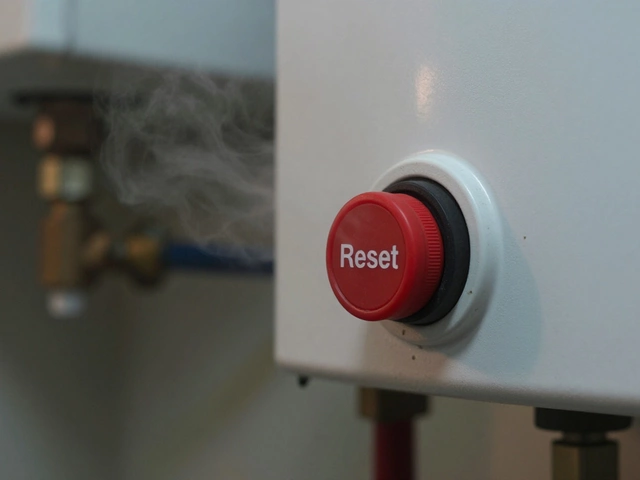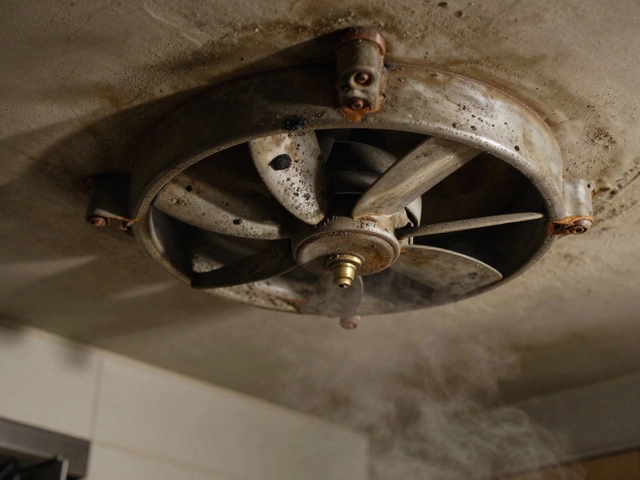Understanding laptop costs: Purchase, Repair, and Savings
When talking about laptop costs, the total amount you spend on buying, maintaining, and fixing a laptop. Also known as laptop expenses, it covers three main buckets: the upfront price tag, the ongoing maintenance fees, and any unexpected repair bills. These three pieces form a simple equation – the higher one component climbs, the more you feel the pinch in your wallet. For many, the repair bill becomes the deciding factor: "Do I fix it or buy a new one?" This question sits at the heart of every cost discussion.
One major player in the cost equation is laptop repair, the process of fixing a broken laptop, which can involve parts replacement, software troubleshooting, or professional service. Repair costs can range from a cheap screen swap to an expensive motherboard replacement, and they directly influence whether you keep your current machine or replace it. Another twist comes from how we classify a laptop. While most people think of it as a computer, it technically falls under the broader category of appliance, any device designed to perform a specific household function, from refrigerators to washing machines. This classification matters because insurance policies, warranty terms, and even tax deductions often treat appliances differently than pure electronics. A solid warranty can cap repair fees, while a lack of coverage can turn a simple fix into a major expense, nudging the repair decision one way or the other.
What Drives Laptop Costs and Why It Matters
Understanding the drivers behind laptop costs helps you make smarter choices. First, the purchase price is set by brand, specs, and market demand. Mid‑range models might save you money upfront but could have higher repair rates if components are cheaper. Second, maintenance includes things like battery replacements, software upgrades, and routine cleaning – small costs that add up over a device’s life. Third, repair decisions hinge on three factors: the size of the fault, the availability of parts, and the remaining useful life of the laptop. If the repair cost exceeds 50 % of a comparable new model, most experts advise buying new; if it’s under 30 %, fixing usually makes financial sense. Insurance and warranty coverage act as safety nets, lowering the effective repair cost and extending the device’s useful life. These relationships – purchase price ↔ repair cost, warranty ↔ insurance, appliance classification ↔ warranty terms – form the core of any cost‑analysis you’ll do.
Below you’ll find a curated collection of articles that break down these ideas even further. We cover topics like the difference between a laptop and a traditional appliance, detailed cost‑benefit analyses for repair versus replacement, typical repair price ranges, and how warranty choices affect your bottom line. Whether you’re deciding whether to DIY a screen fix or call a professional, these posts give you the data and the practical steps you need. Ready to dive into the specifics? Let’s explore the range of insights waiting for you in the list of posts that follow.
Ever wondered what part of a laptop can drain your wallet during repairs? This article breaks down the true cost drivers inside your computer and explains why some fixes are steeper than others. We’ll look at real examples of pricy repairs and talk about what makes certain parts so costly. You’ll also pick up practical tips to avoid these big-ticket problems. Read on if you want to keep your laptop running—and your expenses in check.


